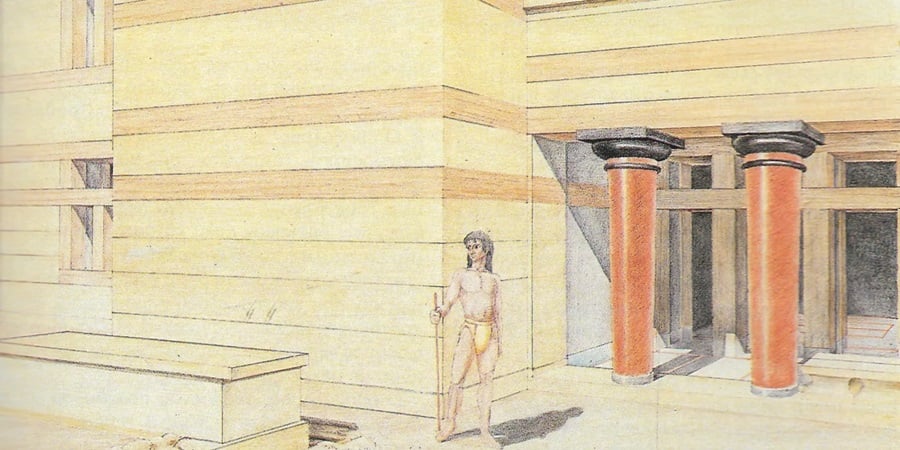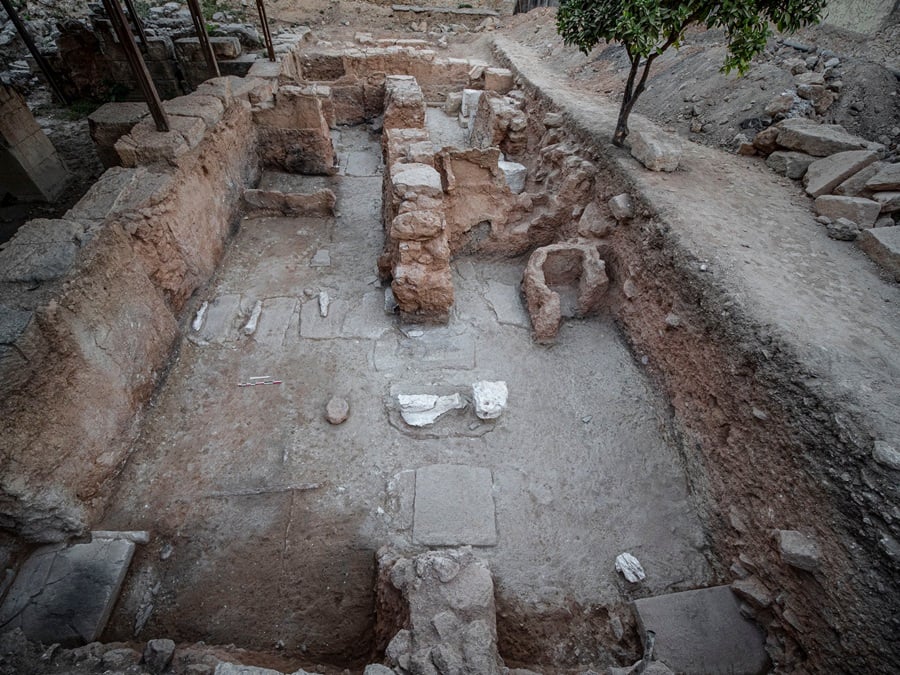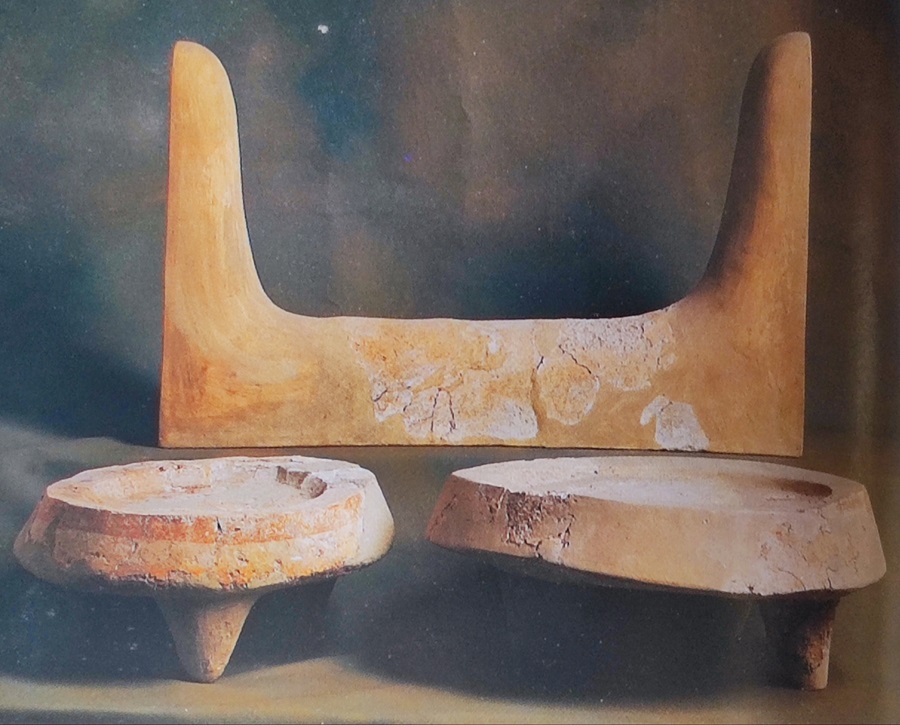
Greek archaeologists uncovered recently the ruins of a Minoan palace at Archanes, on the island of Crete, which they believe served as a summer residence for the kings and the elite of nearby Knossos.
The Greek Ministry of Culture announced that excavations in 2023 at the site of the “Shinning Palace” added many new facts about the building and completed our knowledge of its architecture and construction.
The most interesting element of last year’s excavations was the discovery of the use of a shiny material, gypsum, for its construction known to have been used at Phaistos and Knossos. Gypsum is a very soft mineral and it can form very pretty, and sometimes extremely large colored crystals.

At the palace of Archanes, it was used as decoration in pilasters and doors creating an image of a shiny building, fit for the Minoan elite.
The Minoan civilization was a Bronze Age civilization of Crete that flourished from about 3000 BC to about 1100 BC. Its name derives from Minos, either a dynastic title or the name of a particular ruler of Crete who has a place in Greek legend.
Ancient treasures at the Minoan Palace of Archanes, Crete
The Greek Ministry of Culture says that another new element discovered in the excavations was the identification of the point where a fire started, destroying much of the palace.

Also, about 20 large jars containing wine, oil, and even textiles were found gathered together, as well as special vases for perfume and an Egyptian scarab.
In an excavated area, believed to have been a sanctuary, several vessels were uncovered, including a crystal vessel, a grey one of incised steatite, as well as fragments of obsidian. Obsidian is a naturally occurring volcanic glass formed when lava extruded from a volcano cools rapidly with minimal crystal growth.

Parts of microscopic samples of large vessels have also been found in the sanctuary. Another ritual find was a sea newt, which was an instrument for invoking the deity. Larger sea pebbles, which symbolize the deity’s marine status were also found.
The floors of the building were extremely elaborate with pebble floors, a mosaic of small slates, slate slabs bordered by thin mortar bands, and also clay slabs in one area. On the ground floor there were slabs of hewn ashlars.

The walls, which were preserved at a height of 2 meters, were thinly plastered. Fragments of delicate mortars (red, blue and black) show that they bear frescoes, which, will be carefully removed later.

Archanes was an important city
The importance of Archanes for the Minoans was established last century when Sir Arthur Evans was the first to characterize the site as palatial, declaring that Archanes was likely a Summer Palace for the Knossos kings.
The ancient town near Crete’s capital city, Heraklion, was an important hub in the region during Minoan times. Archaeological evidence indicates that ancient Archanes spread out over the same area as the modern town of Archanes.
The Greek Ministry of Culture announced that a new Archaeological Museum in Archanes will be created.
Earlier excavations unearthed features such as ashlar blocks, limestone plaques and blocks, plaster, wood, stucco floor tiles, gypsum, mud bricks, ironstone blocks, blue marble flooring, carved concave altars, frescoes and doorways.
A variety of porphyrite stone lamps, vases, amphorae, cooking pots, cups, lamps, tools and everyday domestic items such as tweezers have also been unearthed at the site.
Many of these ancient treasures will be exhibited at the new museum.
Related: Decoding Linear A, the Ancient Minoan Writing System
See all the latest news from Greece and the world at Greekreporter.com. Contact our newsroom to report an update or send your story, photos and videos. Follow GR on Google News and subscribe here to our daily email!



